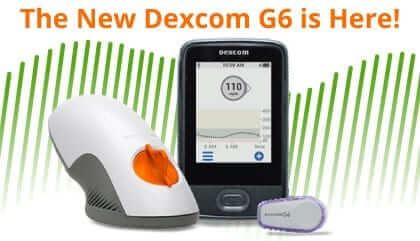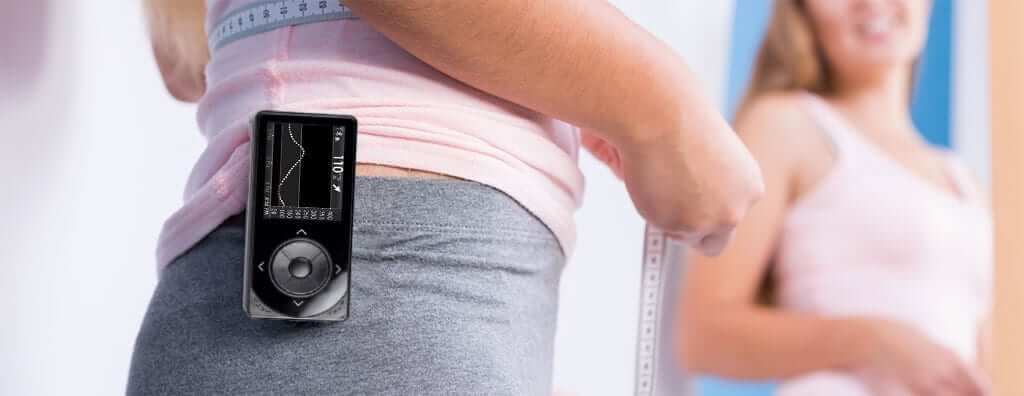CGM (continuous glucose monitoring) is a FDA-approved system that measures blood sugar levels in “real time throughout the day and night.” By wearing a CGM you will have a better picture of what your blood sugars are doing from moment to moment. After initial calibration, the CGM measures blood glucose every 1-10 minutes. This makes the CGM a “powerful and life changing piece of technology for those with type 1 or 2 diabetes. It supplies the crucial information needed by you and your physician to make informed decisions about how your medications, exercise regimen and eating habits are affecting your diabetes management. Although it does not completely replace standard glucose meters, it offers additional information by tracking trends.
What is in the Continuous Glucose Monitoring Research?
Recent research suggests that Continuous Glucose Monitoring can help maintain improved blood sugar control and minimize some of the long-term complications of diabetes. According to a multi-center clinical trial done by The Juvenile Diabetes Research Foundation (JDRF), “CGM devices make it possible for people to better manage their diabetes while reducing the frequency of low blood sugar.” Studies have shown that using a CGM “may help reduce your A1C levels up to 1% and can constantly identify trends in your blood sugars.
How Does a CGM Device Work?

Who Should be Using a CGM?
Initially, continuous Glucose Monitoring was only recommended for patients with type 1 diabetes. More recently CGM has been recommended for those who take “intensive insulin therapy” or multiple shots daily; either type 1 or type 2 patients with diabetes and can’t gain control somewhere between 80-160 mg/dl. Those who have “hypoglycemic unawareness” (no symptoms of hypoglycemia including weakness, shakiness, headaches, blurry vision, hunger) are also good candidates for continuous glucose monitoring. It is excellent in identifying anyone with diabetes that is experiencing overnight lows and post meal highs.
Will I Still Need to do Finger Sticks with a Regular Meter?
Yes, Continuous Glucose Monitoring does not eliminate regular finger sticks. They are needed for calibration purposes and to help your physician decide about possible changes to insulin dosages or medications. Usually you will still have to test 2-4 times a day with a blood glucose monitor.
Which Insurance Covers a CGM?
Many insurance providers including Medicare may cover and offer reimbursement so find out from your insurance provider what your benefits are. Talk to your health care team to see if you can get better control of your blood glucose levels using a CGM device. Consider using a CGM to develop an improved diabetes self-management plan for optimal well-being.
Have a question or comment? Then post below, no registration required. I would love to hear from you!
NOTE: Consult your Doctor first to make sure my recommendations fit your special health needs.







Leave A Comment